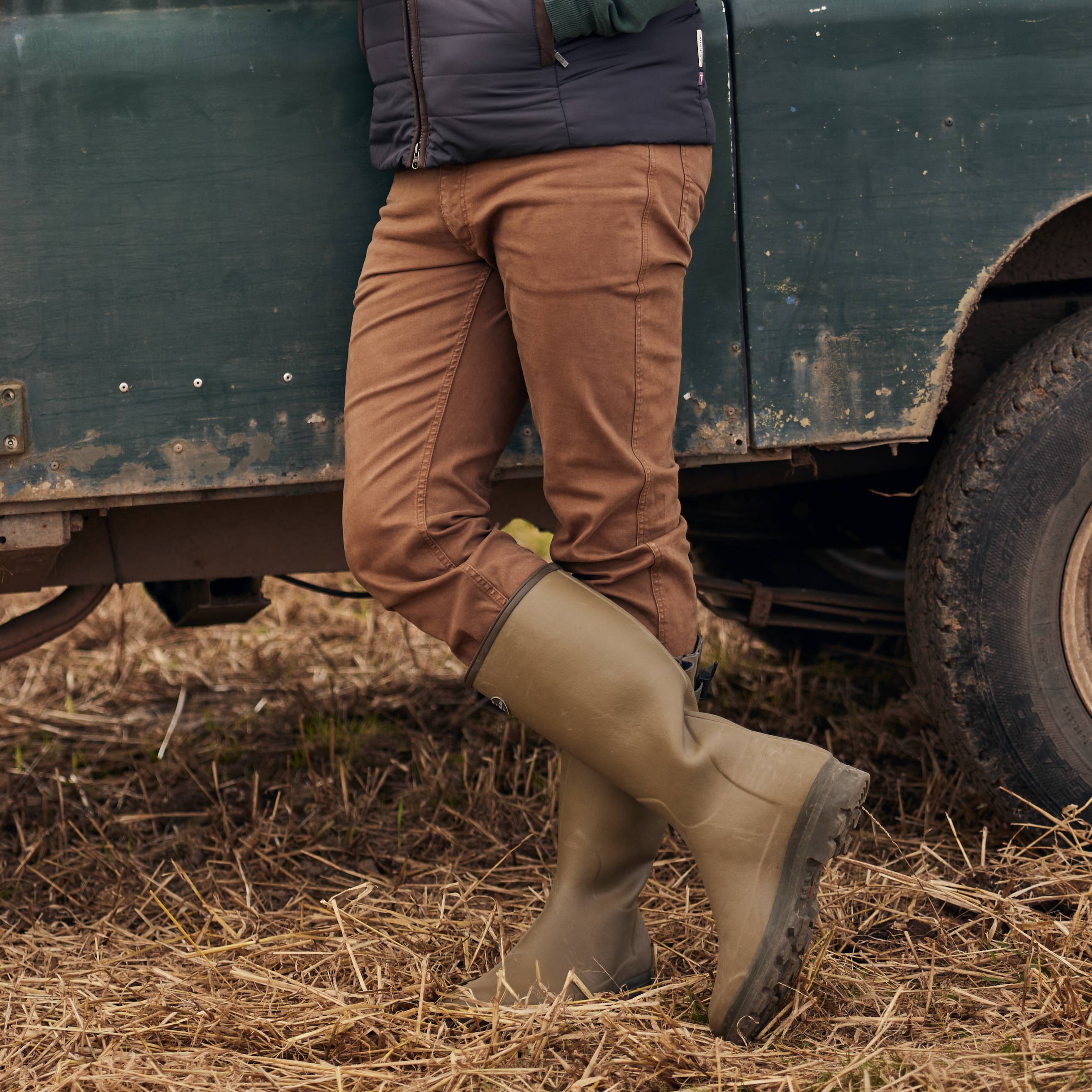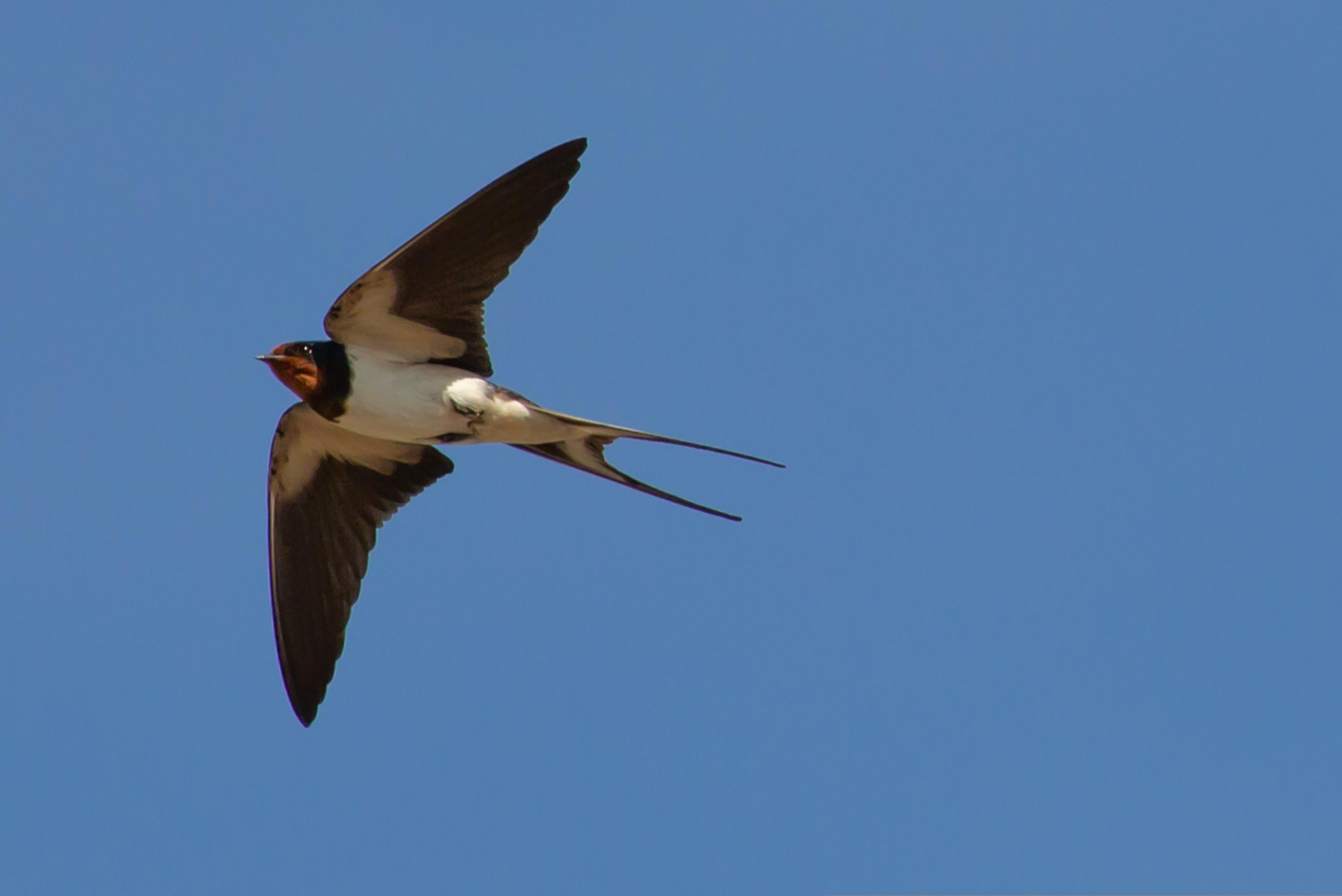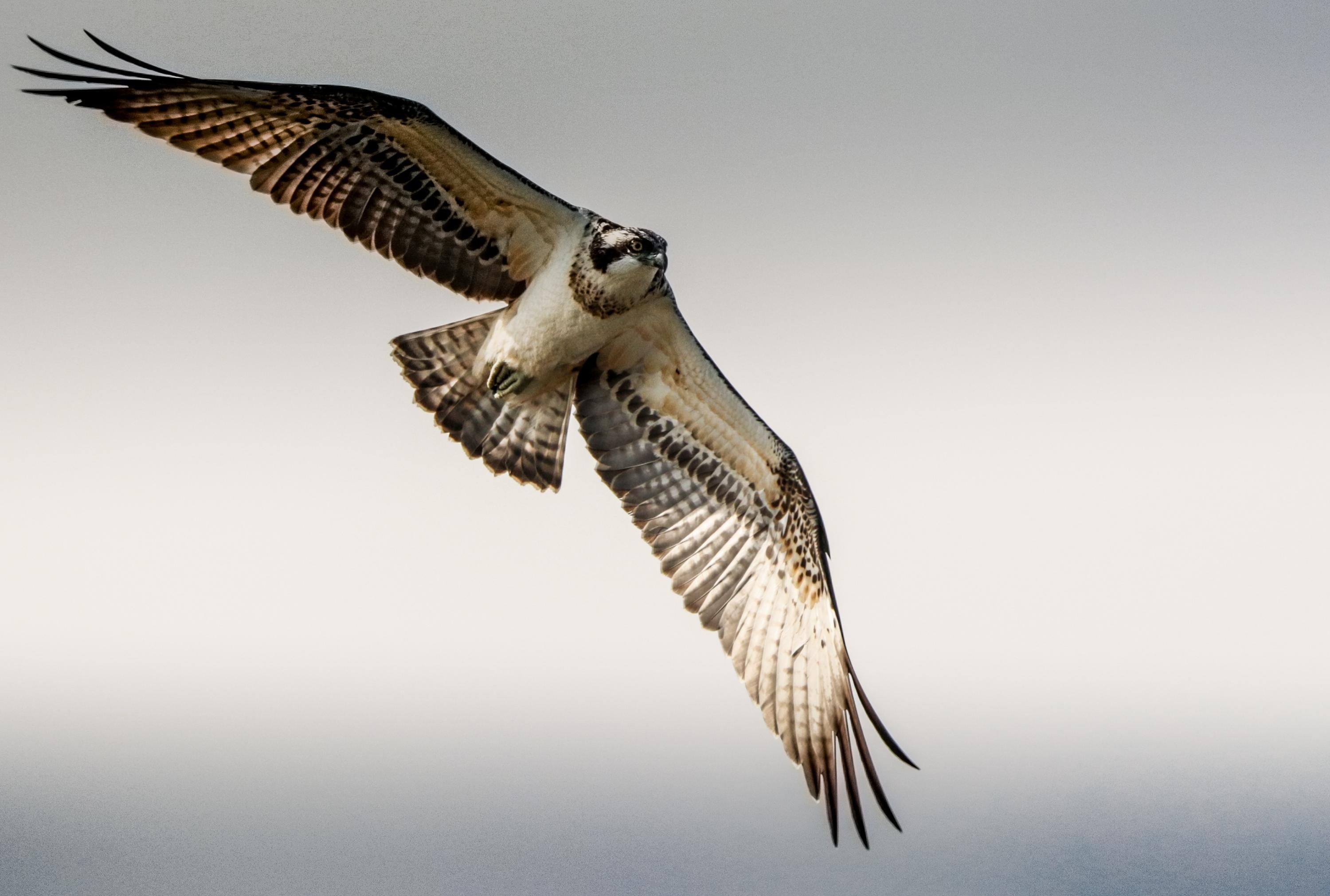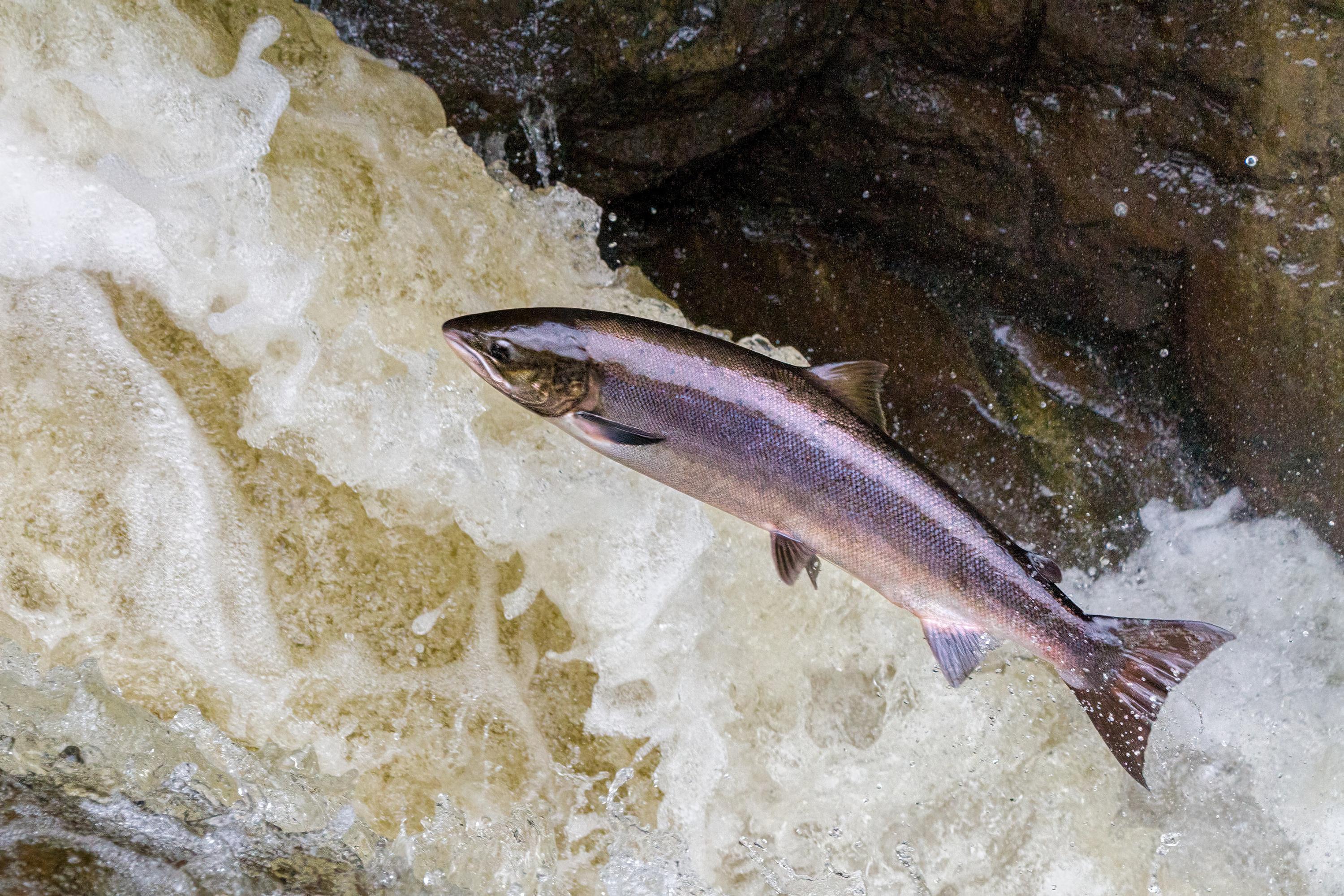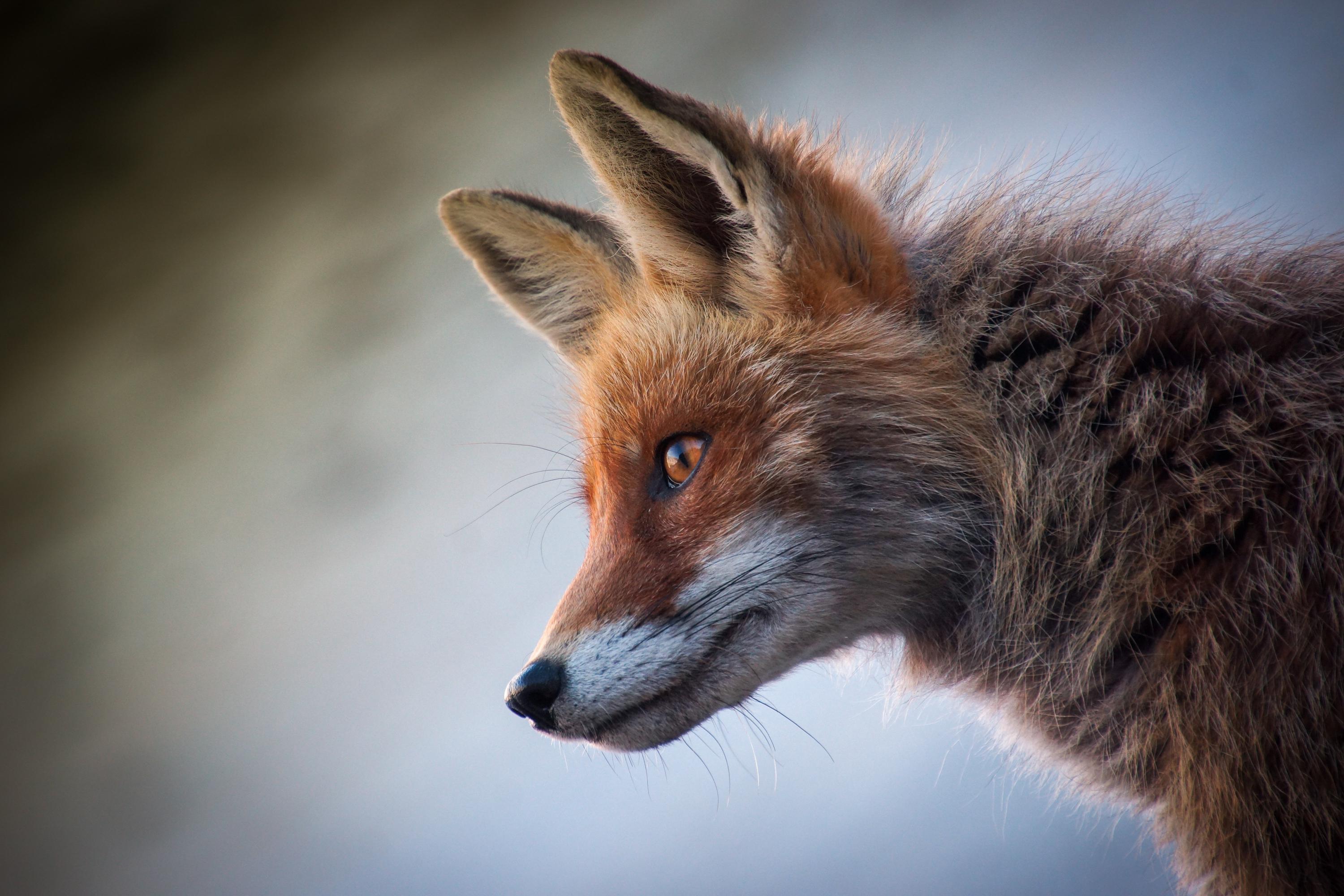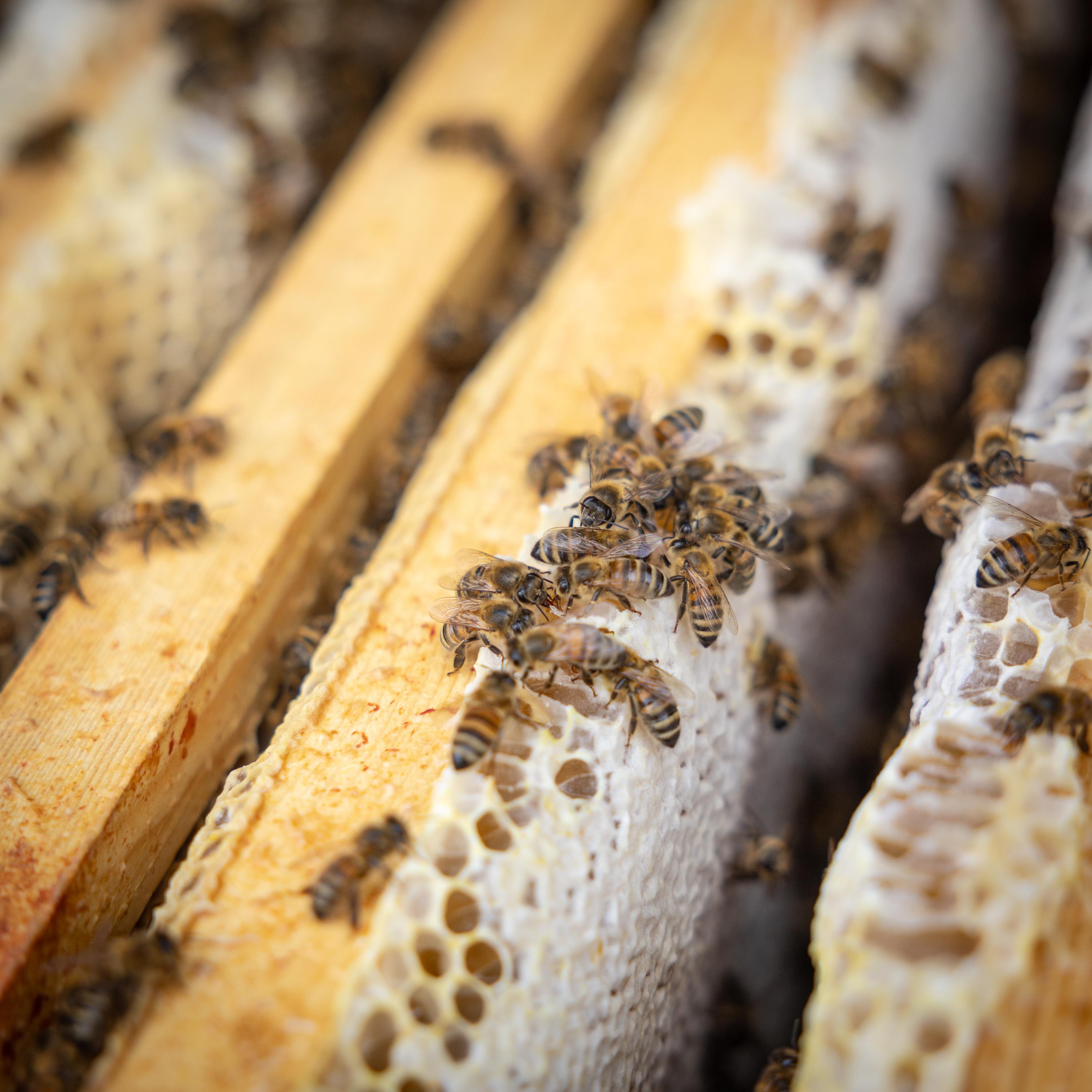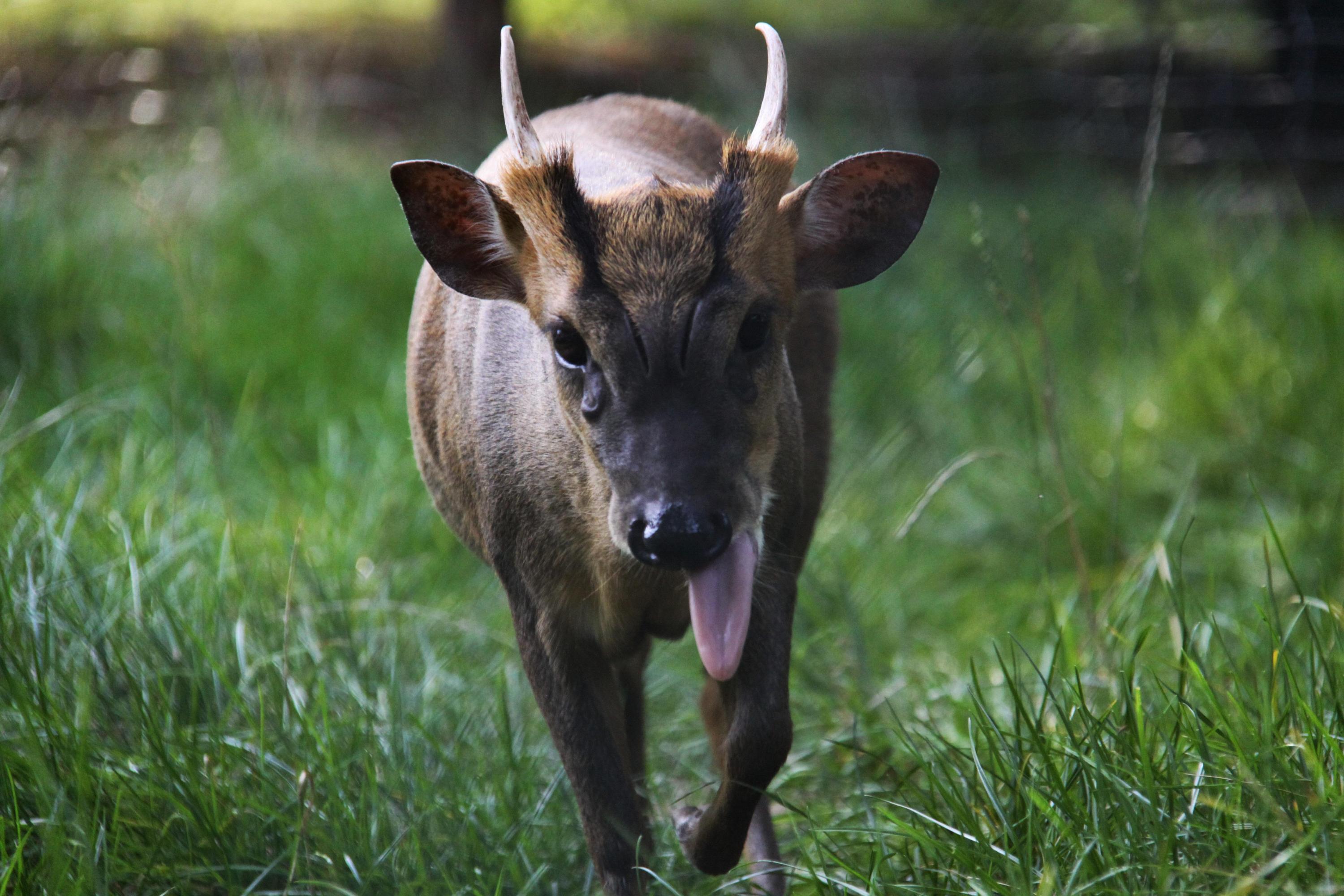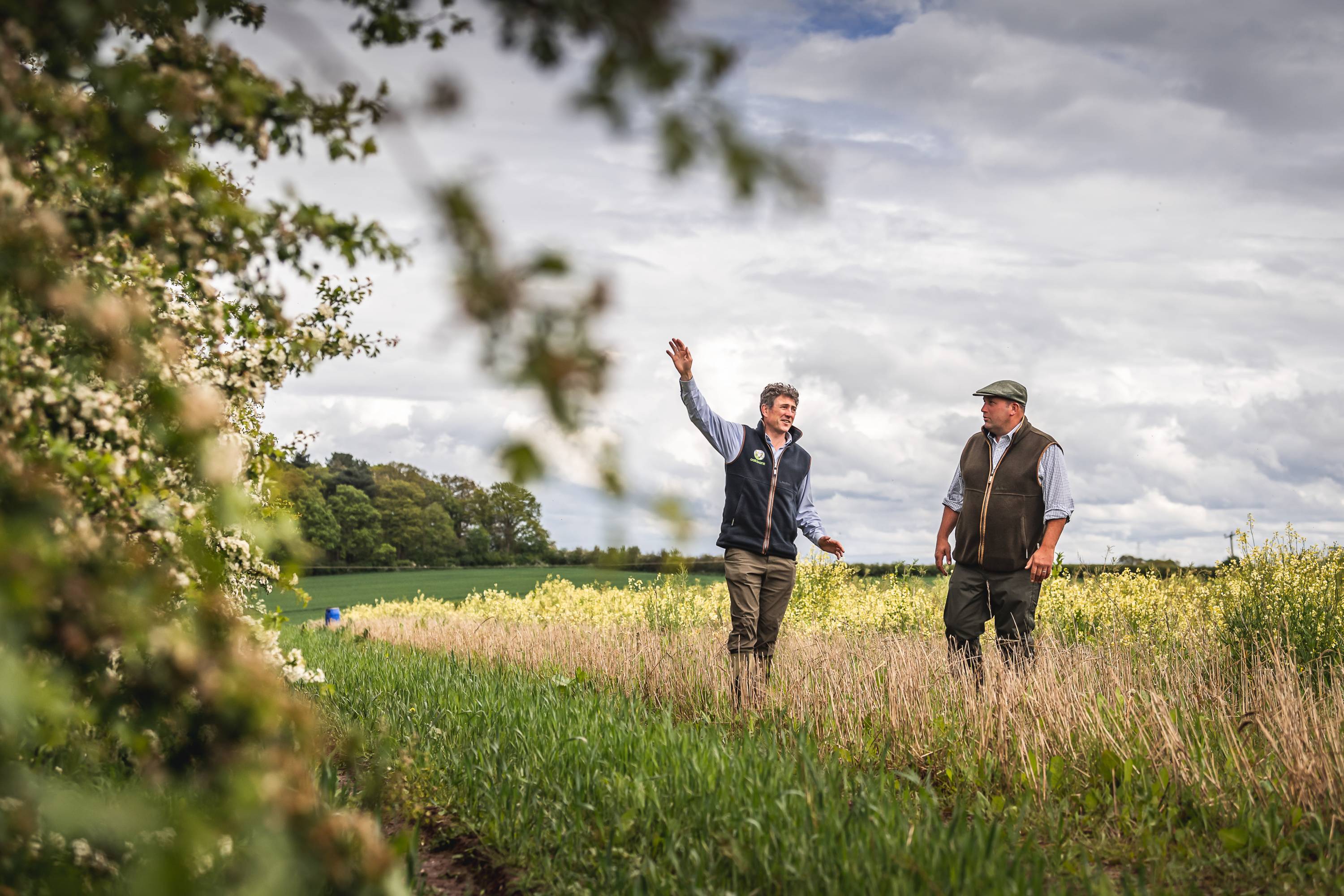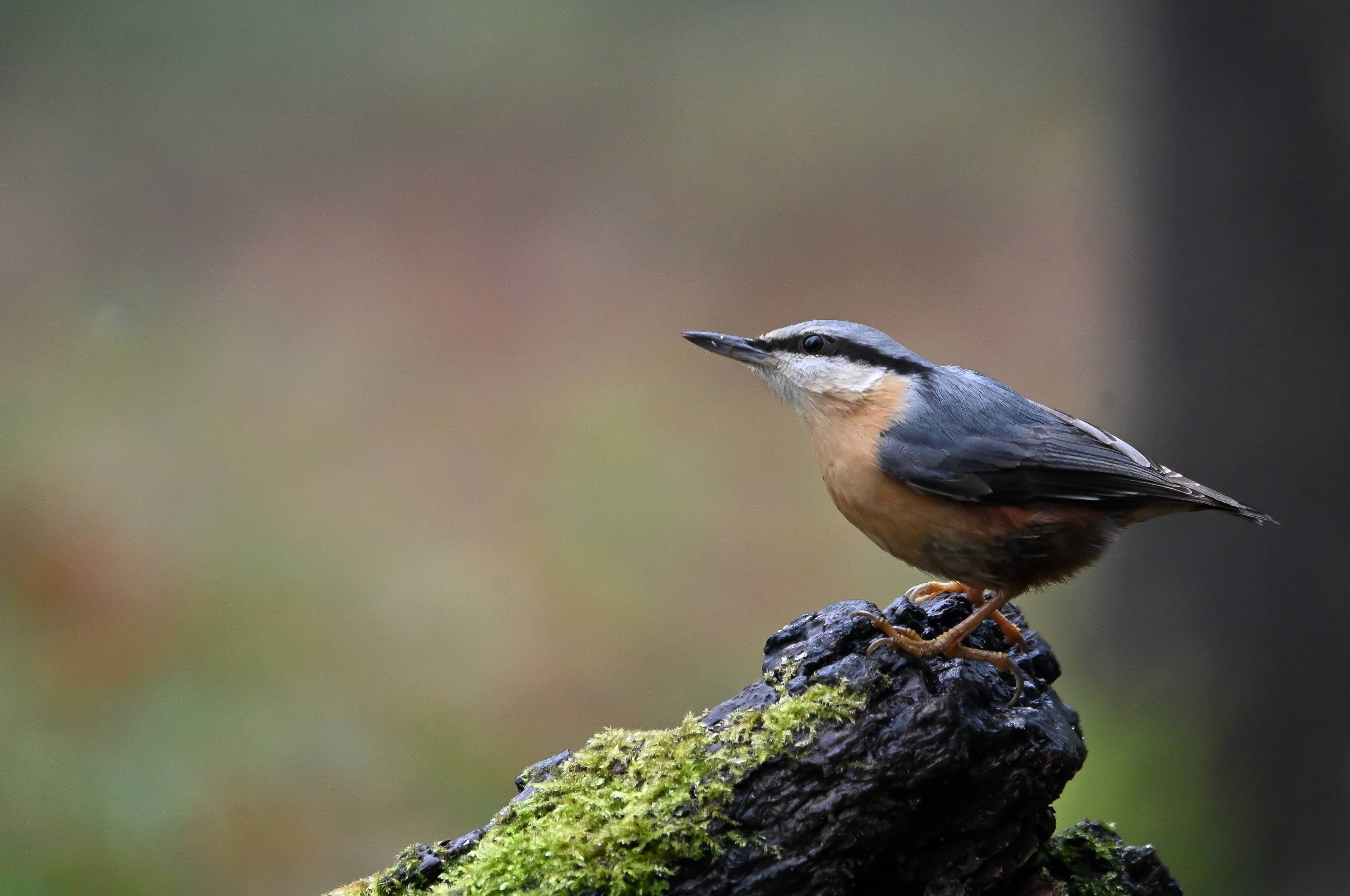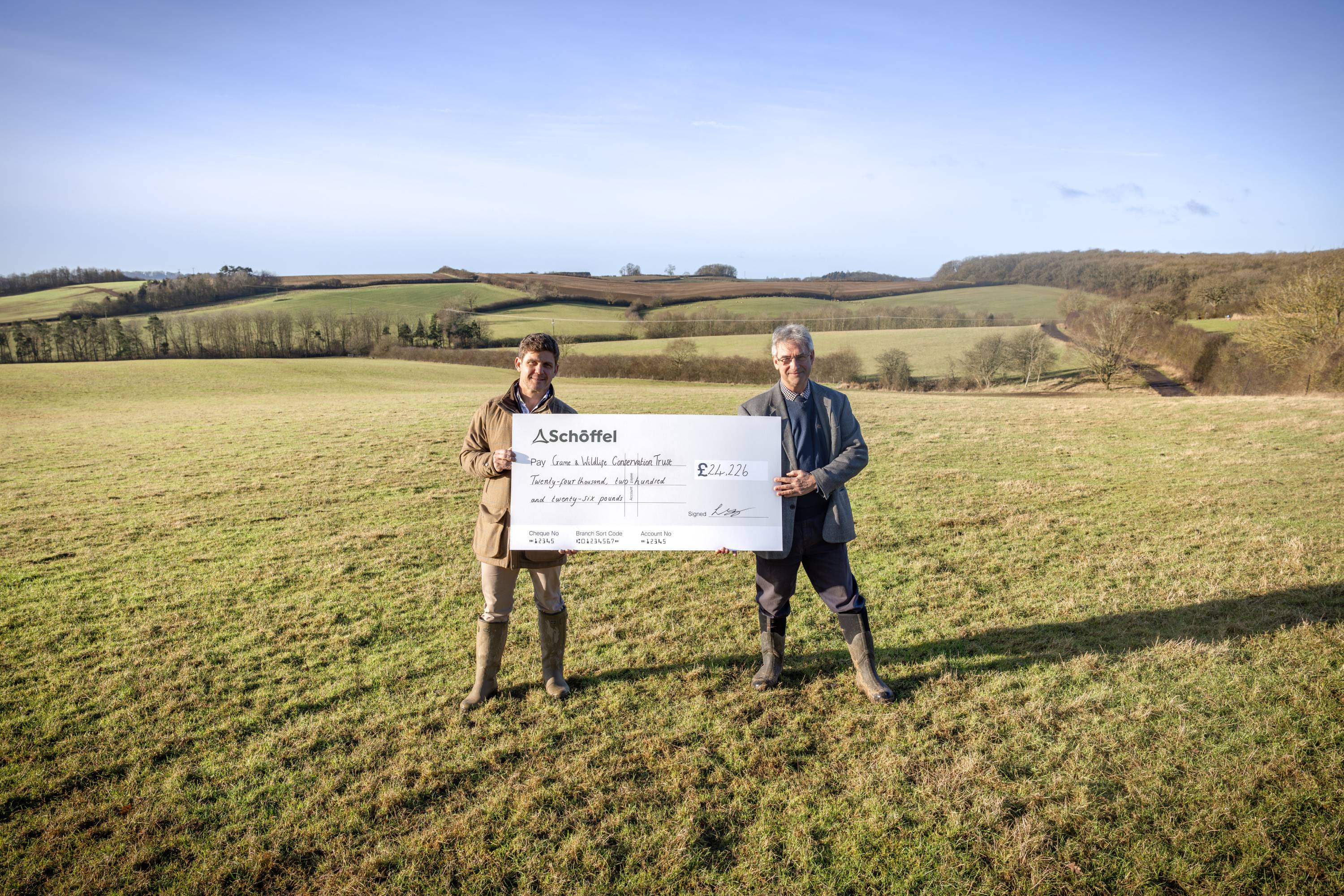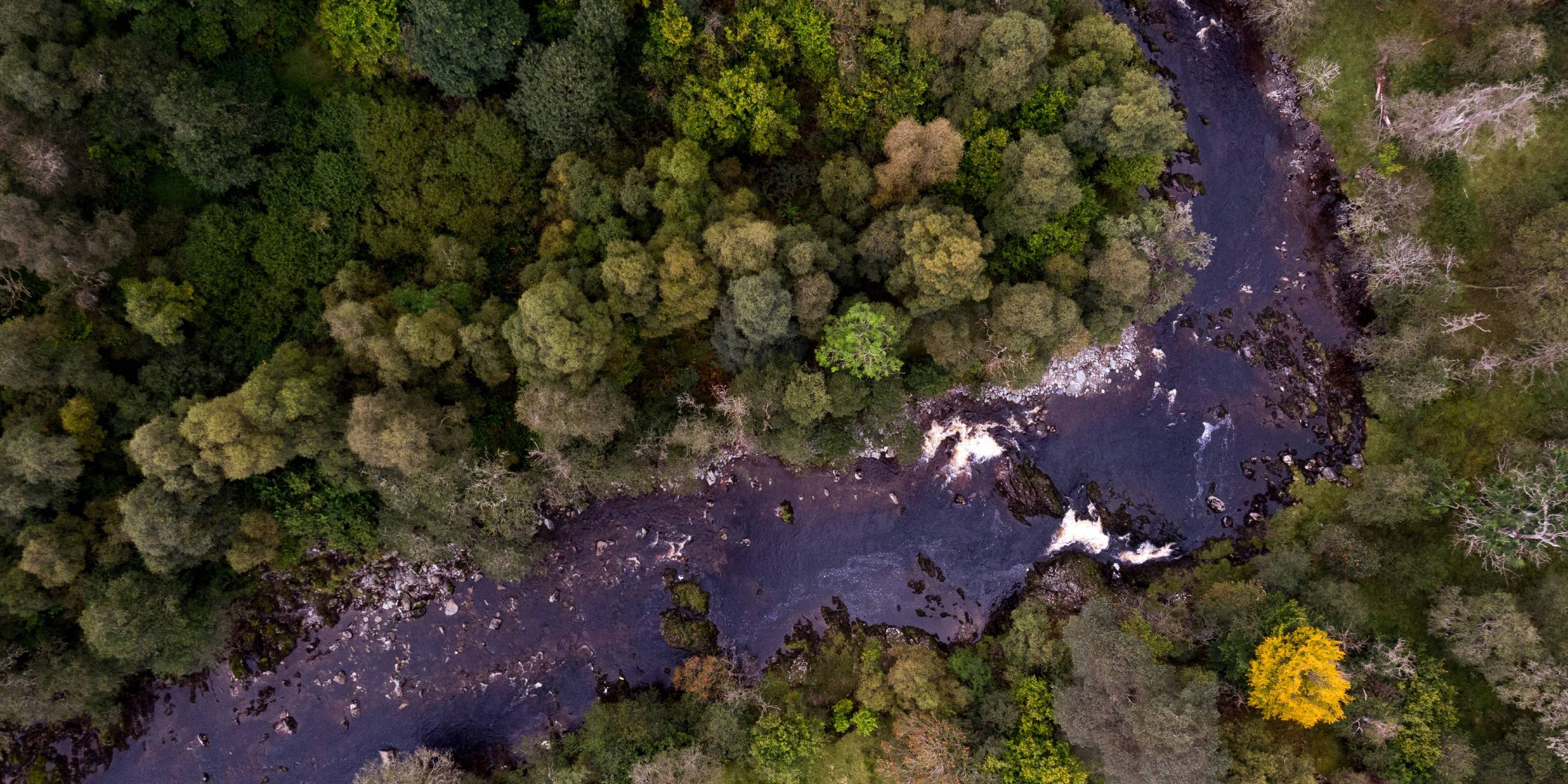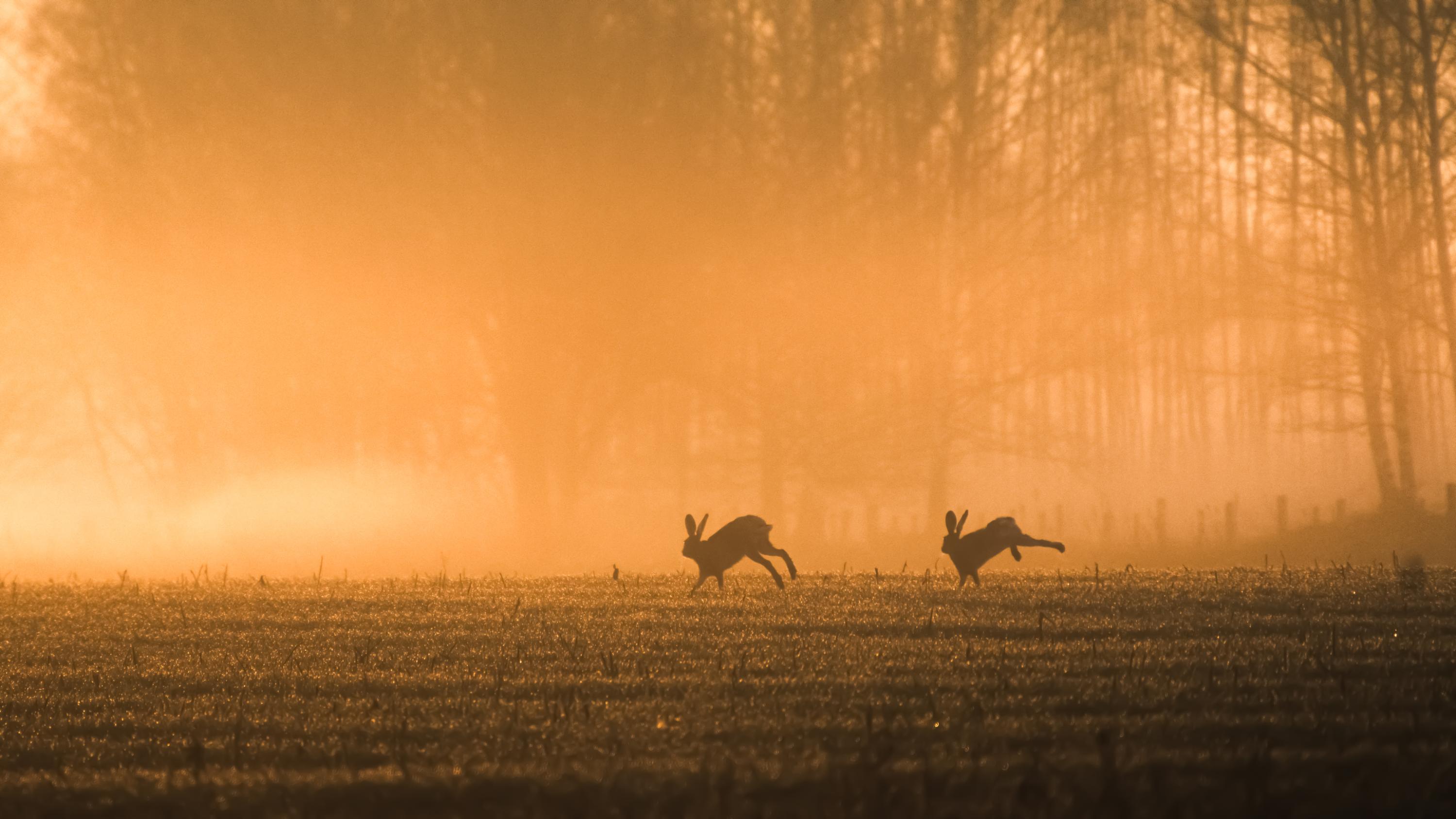

Astounding numbers in the natural world
Stats and figures abound in the countryside – they inform us, frustrate us and fascinate us. But which ones are we often guilty of overlooking?
From salaries to click rates and calories to cholesterol, modern society has us programmed to think that if it matters, it can be quantified. And yet, you can’t put a number on the beauty of a sunrise, the jolt of wild elation as a trout rises for your fly, or the anticipation that comes with crunching through gamey root crops, a gun between your hands and a keen dog up ahead. For those of us who relish spending time outdoors, the real magic happens when we forget about figures and enjoy each moment for what it is.
Or does it?
Even if their purpose varies, numbers do carry weight in the countryside. Millimetres of rainfall, tonnes per hectare and percentage returns serve as useful yardsticks for farmers, foresters and keepers, just as population densities and dynamics inform management decisions and allude to the status of certain quarry species. But what of the stats that evoke genuine astonishment? The sort that provide perspective, fuel fascination and keep us from taking things for granted. The sort that we don’t talk about enough…
Every spring, birds of all shapes and sizes arrive in Britain for summer. We start to see swallows and sand martins, wagtails, warblers and even ospreys. Did you know the latter have been recorded migrating more than 3,000 miles in the space of just 12 days, a journey they can embark on at the age of less than four months old?
Later in the year, at a fraction of the size, woodcock – weighing just 300 grams – will make their way to Blighty. They have been known to cover more than 4,000 miles on their annual epics, with individuals often returning to the exact same wood or field each year.
Atlantic salmon, meanwhile, the piscatorial powerhouses that are thought to travel thousands of miles before they even enter the river system where they were born and return to spawn, have been recorded jumping a vertical 3.7 metres as they battle upstream towards their natal waters. Quite incredible.
Closer to home, many animals have no choice but to stay put and make do. Roe does practise a phenomenon called embryonic diapause, whereby growing embryos are arrested for five months before their continued development. Badgers and stoats do the same; Mrs Brock can delay matters for up to 11 months if she doesn't feel the conditions are favourable for having young.
Such survival hacks and impressive physical feats abound in the natural world. During hibernation, the humble hedgehog can decrease its heart rate from 190 beats per minute to just 20. The common swift, a summer visitor to the UK, can spend 10 months straight on the wing – a world record for sustained flight. A hawfinch’s bill can exert a pressure of 150 pounds per square inch, the equivalent of a thousand times its own weight – very handy for cracking hard seeds.
Back on terra firma, the brown hare, our fastest land mammal, can reach 45mph at full tilt. And foxes, thought to use a repertoire of 28 different sounds to communicate with one another, are supposedly capable of hearing a ticking watch from 36 metres away.
Of course, some species rely more directly on numbers than others. A grey partridge hen, for instance, lays eggs with unmatched gusto and boasts the largest average clutch size (16 eggs are typical) of any wild bird on the planet. But then it needs all the help it can get when you consider that the brown rat, one of its many predators, can begin breeding at the age of three months old and typically churns out five litters a year, each containing as many as 12 pups.
Often, true appreciation of facts like these stems from context and a degree of relatability. With this in mind, the most shocking figures might be those associated with time. That muntjac deer, for example, are thought to have existed in their present form for at least 15 million years, is quite something; it’s almost ironic that we, as a species whose modern origins might be traced back 300,000 years at a push, label them ‘invasive’.
Everywhere you look in nature, there’s an awe-inspiring number. A colony of bees must visit around two million flowers to make just one pound of honey. A pipistrelle bat can eat 3,000 insects in a night. Carbon-rich peat accumulates on moorland at a rate of about 1mm per year - a metre every millennium. The great spotted woodpecker can drill a tree with its beak at a rate of 40 strikes per second. A woodpigeon can cram at least 962 grains of wheat (yes, I counted) or 38 acorns in its crop. Scale up any of these stats and they’ll stop you in your tracks.
I suppose what I’m getting at, is that if numbers offer a richer insight into the mesmerising mechanics of the natural world, then an awareness of them leads to a more rounded view of it. They point to a wondrous bigger picture – one that we’re very much a part of – while serving as a precious reminder that we still have so much to learn and so many numbers still to discover…
This article was originally published on Scribehound Countryside – the online platform where readers can experience the unfiltered brilliance of 30 of the best countryside writers through access to their exclusive monthly columns.



